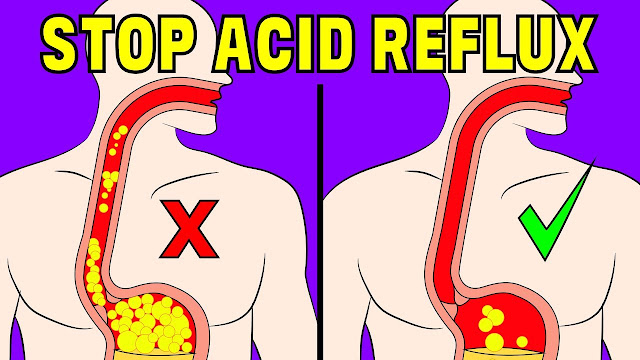Pet Safety: Harness or Seat Belt?
Ensuring the safety of pets during car travel is a priority for many pet owners. Choosing between a harness or a seat belt for pet safety involves understanding their functionalities, benefits, and the potential risks associated with each. This article explores these aspects to help you make an informed decision on the best safety measure for your furry friend.
The Importance of Pet Safety in Cars
Pets, like humans, are vulnerable to injury in the event of an accident. Unrestrained pets can be thrown around the vehicle, posing a danger to themselves and other passengers. Additionally, they can become a distraction to the driver, increasing the risk of accidents. Therefore, restraining pets properly is crucial for safe travel.
Pet Safety Harness
A pet safety harness is a type of wearable restraint that secures around a pet’s body and attaches to the car's seat belt system. Here's a closer look at its features and benefits:
1. Secure Fit: Harnesses are designed to distribute the force of a sudden stop or collision across a pet's chest and back, minimizing injury risk.
2. Mobility and Comfort: Unlike traditional carriers, harnesses allow pets some degree of movement while keeping them secure, making them a comfortable option for longer trips.
3. Versatility: Many harnesses can double as walking harnesses, making them a convenient choice for pet owners who travel frequently.
4. Easy Installation: Most harnesses are easy to install and adjust, allowing for a snug fit tailored to your pet’s size and shape.
5. Reduced Distraction: By keeping pets secure, harnesses prevent them from wandering around the car, thereby reducing distractions for the driver.
However, not all harnesses are created equal. It's essential to choose a harness that has been crash-tested and meets safety standards. Look for harnesses with sturdy materials and robust construction to ensure maximum protection.
Pet Seat Belt
A pet seat belt is another option for securing pets in a vehicle. It usually consists of a tether that attaches to a pet’s harness and clips into the car's seat belt buckle. Let's delve into its benefits and potential drawbacks:
1. Enhanced Restraint: Seat belts provide a direct restraint mechanism, which can be particularly effective in preventing pets from moving around the vehicle.
2. Flexibility: Seat belts are adjustable, allowing pets some freedom of movement while keeping them securely tethered.
3. Ease of Use: Seat belts are generally easy to clip into the car’s existing seat belt system, making them user-friendly for pet owners.
4. Compatibility: Seat belts can be used with a variety of harnesses, provided they are designed to be compatible with seat belt systems.
Despite their benefits, pet seat belts also have limitations. They must be used with a proper harness to ensure safety. Attaching a seat belt directly to a pet's collar can be dangerous, as it can cause severe neck injuries in the event of a sudden stop or collision.
Choosing the Right Option
When choosing between a pet safety harness and a seat belt, consider the following factors:
1. Pet Size and Breed: Larger breeds might benefit more from harnesses that distribute force across a broader area, while smaller breeds may find seat belts more comfortable and secure.
2. Travel Frequency: For frequent travelers, a harness that doubles as a walking harness might be more practical.
3. Vehicle Type: Consider the layout and size of your vehicle. Some harnesses and seat belts are better suited for certain car designs.
4. Crash-Tested Products: Ensure that any product you choose has been crash-tested and meets safety standards.
5. Comfort and Fit: The harness or seat belt should fit snugly but comfortably. An ill-fitting restraint can cause discomfort and may not provide adequate protection.
Ensuring your pet's safety during car travel is crucial. Both harnesses and seat belts offer viable solutions, each with its own set of advantages. By considering your pet's size, breed, travel habits, and vehicle type, you can select the best option to keep your furry friend safe and secure on the road. Remember to prioritize crash-tested products and ensure a proper fit for maximum protection.



%20(1).jpg)

%20(19).jpg)
%20(6).jpg)